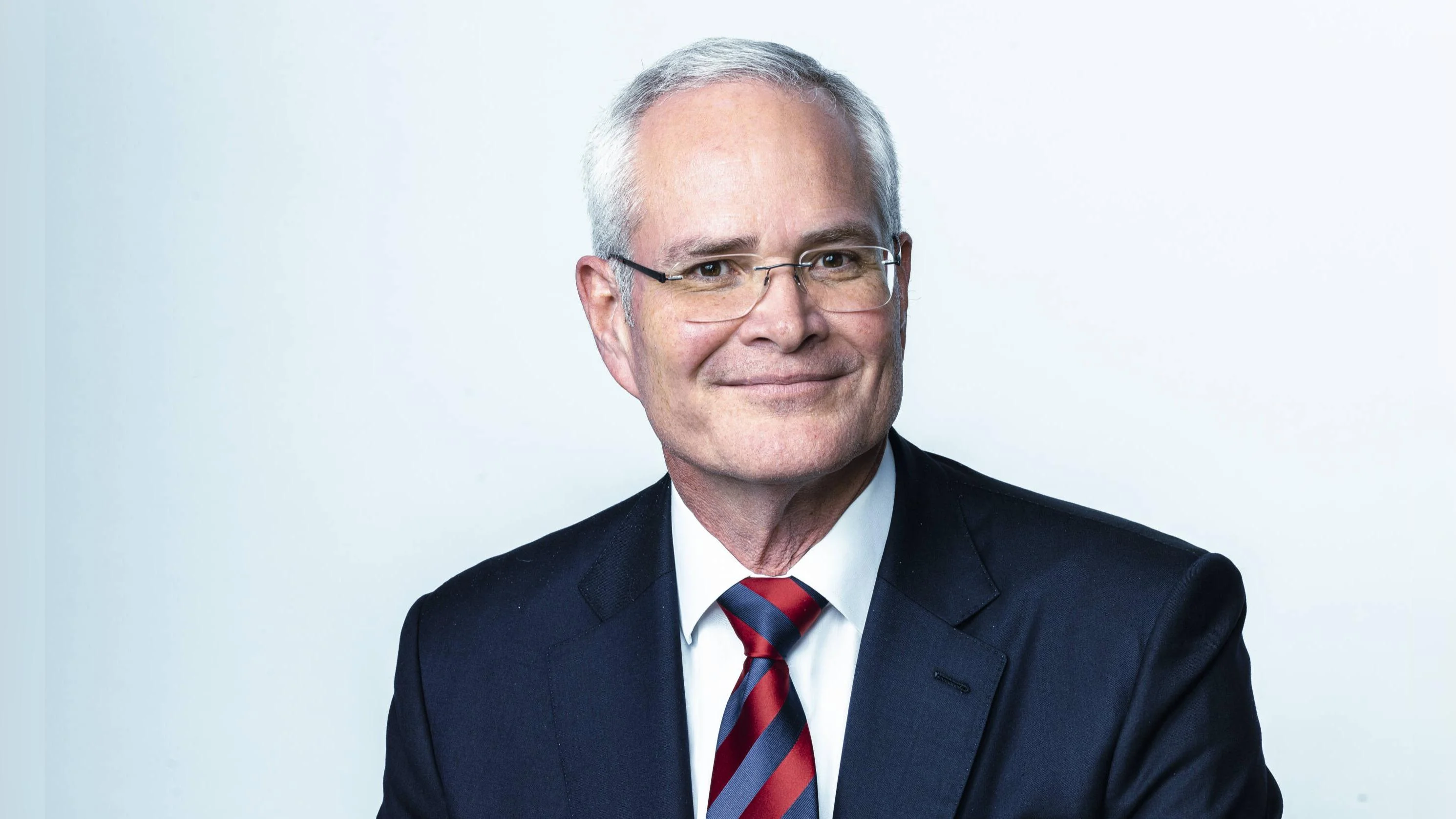ExxonMobil has announced a final investment decision for the Hammerhead development, its seventh offshore project in Guyana's Stabroek block. The company received the necessary regulatory approvals and expects the project to begin production in 2029.
Hammerhead will use a floating production storage and offloading (FPSO) vessel capable of producing about 150,000 barrels of oil per day. The project, which represents an investment of $6.8 billion, will include 18 production and injection wells.
Dan Ammann, President of ExxonMobil Upstream Company, said, “We continue to set a new standard in Guyana – advancing an impressive seventh project just 10 years after first discovery. In collaboration with the people and government of Guyana, we’ve helped build a thriving new oil-and-gas industry in the country that is creating jobs, supplier opportunities, profits and follow-on investments.”
With this decision, total funds committed across seven approved projects on the Stabroek block now exceed $60 billion. Since oil production began in 2019 on the Stabroek block, more than $7.8 billion has been paid into Guyana’s Natural Resource Fund.
Currently about 6,200 Guyanese are working in support roles for operations on the Stabroek block. This makes up around 70% of the workforce involved in these activities. ExxonMobil Guyana and its contractors have spent over $2.9 billion with local suppliers since 2015.
ExxonMobil is currently producing about 650,000 barrels of oil per day from the Stabroek block. After starting up its fourth FPSO vessel named ONE GUYANA, the company expects to increase production to more than 900,000 barrels per day by year-end. Construction is ongoing for two additional projects: Uaru is expected to start production in 2026 and Whiptail in 2027.
ExxonMobil Guyana Limited operates the Stabroek block with a 45% stake; Hess Guyana Exploration Ltd holds a 30% interest; CNOOC Petroleum Guyana Limited holds 25%.
ExxonMobil describes itself as one of the largest publicly traded energy companies globally with operations spanning upstream oil extraction to low carbon solutions and chemicals production. The company states it has set targets for reducing greenhouse gas emissions intensity by between 20-80% across various metrics by 2030 compared to levels recorded in 2016.
Statements regarding future events or projections made by ExxonMobil are subject to risks including changes in market conditions or regulatory developments that could affect outcomes.

